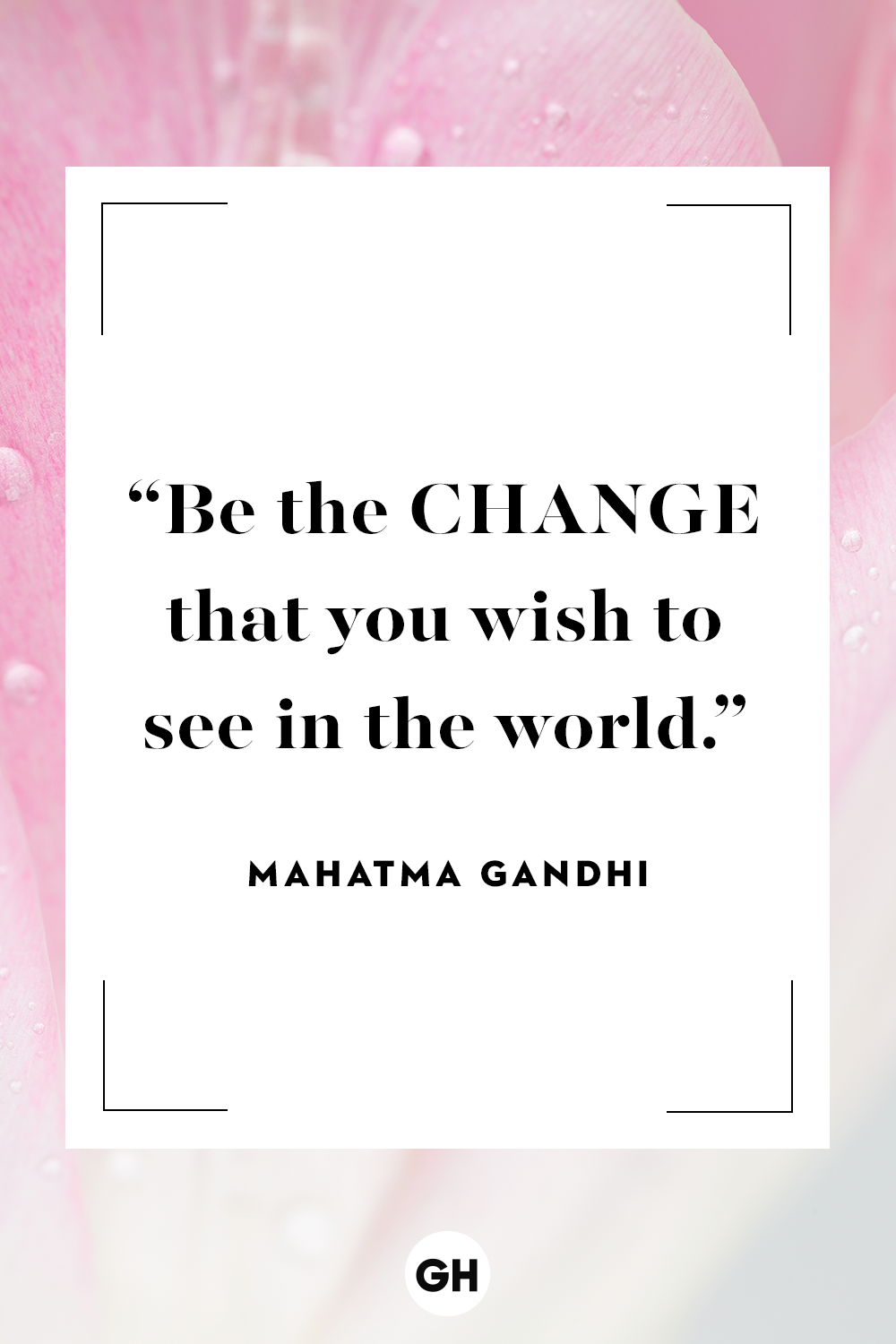Our Inspirational people
This Month we shine the spotlight on one of our Inspirational People from our Wonderful Life Dice list. This month, whilst we are all dealing with isolation, we thought it would be quite relevant to focus on Nelson Mandela

Nelson Mandela was a political prisoner in South Africa for 27 years. He was first imprisoned in Pretoria before being transferred to the prison on Robben Island, remaining there for 18 years . Isolated from non-political prisoners, Mandela was imprisoned in a damp concrete cell measuring 8 feet by 7 feet, with a straw mat on which to sleep. He spent his days breaking rocks into gravel until being reassigned to work in a lime quarry. Mandela was initially forbidden to wear sunglasses, and the glare from the lime permanently damaged his eyesight. He was locked in solitary confinement on several occasions although he was initially classified as the lowest grade of prisoner, Class D, meaning that he was permitted one visit and one letter every six months.
Nelson Mandela was a South African anti-apartheid revolutionary, political leader, and philanthropist who served as President of South Africa from 1994 to 1999. He was the country’s first black head of state and the first elected in a fully representative democratic election. His government focused on dismantling the legacy of apartheid by tackling institutionalised racism and fostering racial reconciliation.
Mandela was born in Mvezo, South Africa. He studied law at the University of Fort Hare and the University of Witwatersrand before working as a lawyer in Johannesburg. There he became involved in anti-colonial and African nationalist politics, joining the ANC in 1943 and co-founding its Youth League in 1944. After the National Party’s white-only government established apartheid, a system of racial segregation that privileged whites, he and the ANC committed themselves to its overthrow. Mandela was appointed President of the ANC’s Transvaal branch, rising to prominence for his involvement in the 1952 Defiance Campaign and the 1955 Congress of the People. He was repeatedly arrested for seditious activities and was unsuccessfully prosecuted in the 1956 Treason Trial. Influenced by Marxism, he secretly joined the banned South African Communist Party (SACP). Although initially committed to non-violent protest, in association with the SACP he co-founded the militant Umkhonto we Sizwe in 1961 and led a sabotage campaign against the government. He was arrested and imprisoned in 1962, and subsequently sentenced to life imprisonment for conspiring to overthrow the state following the Rivonia Trial.
Mandela served 27 years in prison, split between Robben Island, Pollsmoor Prison, and Victor Verster Prison. Amid growing domestic and international pressure, and with fears of a racial civil war, President F. W. de Klerk released him in 1990. Mandela and de Klerk led efforts to negotiate an end to apartheid, which resulted in the 1994 multiracial general election in which Mandela led the ANC to victory and became president. Leading a broad coalition government which promulgated a new constitution, Mandela emphasised reconciliation between the country’s racial groups and created the Truth and Reconciliation Commission to investigate past human rights abuses.. He declined a second presidential term and focused on combating poverty and HIV/AIDS through the charitable Nelson Mandela Foundation.
Mandela was a controversial figure for much of his life. Although critics on the right denounced him as a communist terrorist and those on the far-left deemed him too eager to negotiate and reconcile with apartheid’s supporters, he gained international acclaim for his activism. Widely regarded as an icon of democracy and social justice, he received more than 250 honours—including the Nobel Peace Prize. He is held in deep respect within South Africa, where he is often referred to as the “Father of the Nation”.

“Members feedback".

Latest News
Well-Being during Isolation.
Motivation Collection




Takeaway
Anchoring- How to use this natural process to choose your attitude or mood.
In Matt’s video above he reminds you of one of our Favourite exercises at Wonderful Life Academy- Touch Your Smiley. This is an example of Anchoring. Anchoring is a simple way to allow you to change an unwanted feeling to a resourceful feeling in a matter of moments. When you create an anchor you set up a response to a certain action (touching your smiley) so that you can feel the way you want to, when you need to.

Think about the anchors in your life: alarm clocks, picture of your friends and loved ones; that look from your mother, etc. There are many examples of anchors we have in our lives, yet we still don’t use this powerful techniques in our favour. Imagine the following scene: A Woman comes home from work, in a very bad mood, and her partner, as a response rushes to hug her. If he does that often enough, she will associate the hug with her feeling in a bad mood and eventually she will get the same bad feelings just from him hugging her. Although this might not be her intention, it just happens.
So, how exactly does anchoring work? So, someone has an intense experience (positive or negative), and at the peak of that experience a specific stimulus occurs. This forms a neurological link between the emotional state and the stimulus…an anchor is born. Now, every time the stimulus is applied, the emotional response will be triggered.
Anchors can come in all shapes and sizes. They can be visual, verbal, gustatory, olfactory, or kinaesthetic. Have you ever heard a song that took you back in time to some memory, or smelt something that reminded you of a certain place. All of these are anchors.
Tony Robbins –“Anchoring is the process by which any representation (internal or external) gets connected to and triggers a subsequent string of representations and responses. Anchors can be naturally occurring or set up deliberately. An example of an anchor for a particular set of responses is what happens when you think of the way a special, much-loved person says your name.”
Anchoring can be powerful in helping you to have more confidence, enthusiasm and be more relaxed when meeting people. In NLP, “anchoring” refers to the process of associating an internal response with some external or internal trigger so that the response may be quickly, and sometimes covertly, re-accessed. Anchoring is a process that on the surface is similar to the “conditioning” technique used by Pavlov to create a link between the hearing of a bell and salivation in dogs. By associating the sound of a bell with the act of giving food to his dogs, Pavlov found he could eventually just ring the bell and the dogs would start salivating, even though no food was given. In this example of stimulus-response conditioning, however, the stimulus is always an environmental cue and the response is always a specific behavioural action. The association is considered reflexive and not a matter of choice.
At Wonderful Life Academy we use the principals of anchoring in a fun and easy to understand way that allows our members to utilise this technique in a variety of situations. These include our Takeaways:
- Touch Your Smiley
- Confidence Shoes
- Wonderful Relationships
Anchors are created in a variety of ways. A remembered picture may become an anchor for a particular internal feeling, for instance. A voice tone may become an anchor for a state of excitement or confidence. A person may consciously choose to establish and re-trigger these associations for them-self. Rather than being a mindless knee-jerk reflex, an anchor becomes a tool for self empowerment. Anchoring can be a very useful tool for helping to establish and reactivate the mental processes associated with creativity, learning, concentration and other important resources.
Imagine what it would be like if you could, in a moment, go from feeling anxious to feeling decisive and absolutely capable right in the middle of a stressful interview when all eyes are on you, or dealing with an individual you struggle to get along with.
You can STACK or link several anchors to one gesture if you’d like a combination of feelings at once. For example going on a date you may want to feel confident but also feel relaxed. Just repeat the anchoring instructions for each separate feeling but be sure to use the same gesture or trigger each time.
You can also practice a technique known as “Collapsing Anchors” by following a similar set of instructions.
Often there are particular situations or people in your life that automatically have a negative effect on your frame of mind.
Here’s how to neutralise (or collapse) these negative anchors:
⦁ Identify the situation that elicits the unwanted feeling.
⦁ Select a feeling you’d prefer to experience in this particular situation and create a positive anchor for it (as per the instructions in Touch Your Smiley).
⦁ Check the time.(distract yourself)
⦁ Think of the negative situation, then set off the positive anchor. Keep doing this until you feel neutral about the formerly negative situation.
⦁ Do this in the real world as soon as possible.
People as Anchors
Do you think of people as ‘making’ you feel good or bad? Here’s how that works.
You have a friend whose company you always enjoy. She listens to you when you need to discuss a problem, compliments you on your handling of difficult situations and basically sees you as worthwhile, talented and a wonderful person. You light up when you see her. Why? Because those good feelings she elicits in you are anchored to the sight of her face and the sound of her voice.
Conversely, you have a relative who is always negative. He belittles your efforts, sees you as a loser and you find yourself feeling that way whenever he’s around. Your self-esteem takes a nosedive the minute you see his car pull into your driveway. His presence, or even just the mental image of him, has become an anchor for feelings of inadequacy.
These are the principles used in our Wonderful Relationships Takeaway.
How does an anchor develop?
The anchor develops when both of the two of the events happen together on a regular basis for a certain number of times; for example if every time you eat while watching television you may find yourself getting Hungry on watching television. An overly sensitive person is more likely to develop an anchor faster than anyone else, if two people experienced something while one of them were overly sensitive, the overly sensitive person may develop an anchor faster than the other person.
For example if two people work as field engineers in a mining company, the overwhelming work experience may be anchored to the work place in the overly sensitive person’s mind and so he may find himself unable to continue work and he may even he quit, on the other hand the other person whom is not that sensitive to external conditions may find work tolerable. Anchors are not a bad thing, they can be used to enforce positive behaviour or to help you in quitting bad habits, for example you can create an anchor that generates bad feelings on starting to smoke, and that way you can help yourself to quit smoking just by using an anchor.
Try and take notice of anchors in your every day life and practice using the technique in different situations. It would be great to share your experiences with anchoring at your local group or via our on-line feedback link.
Next Issue:
- Focus on Our Inspirational People
- Latest News– Well-Being in the workplace.
- Takeaway– Resilience
